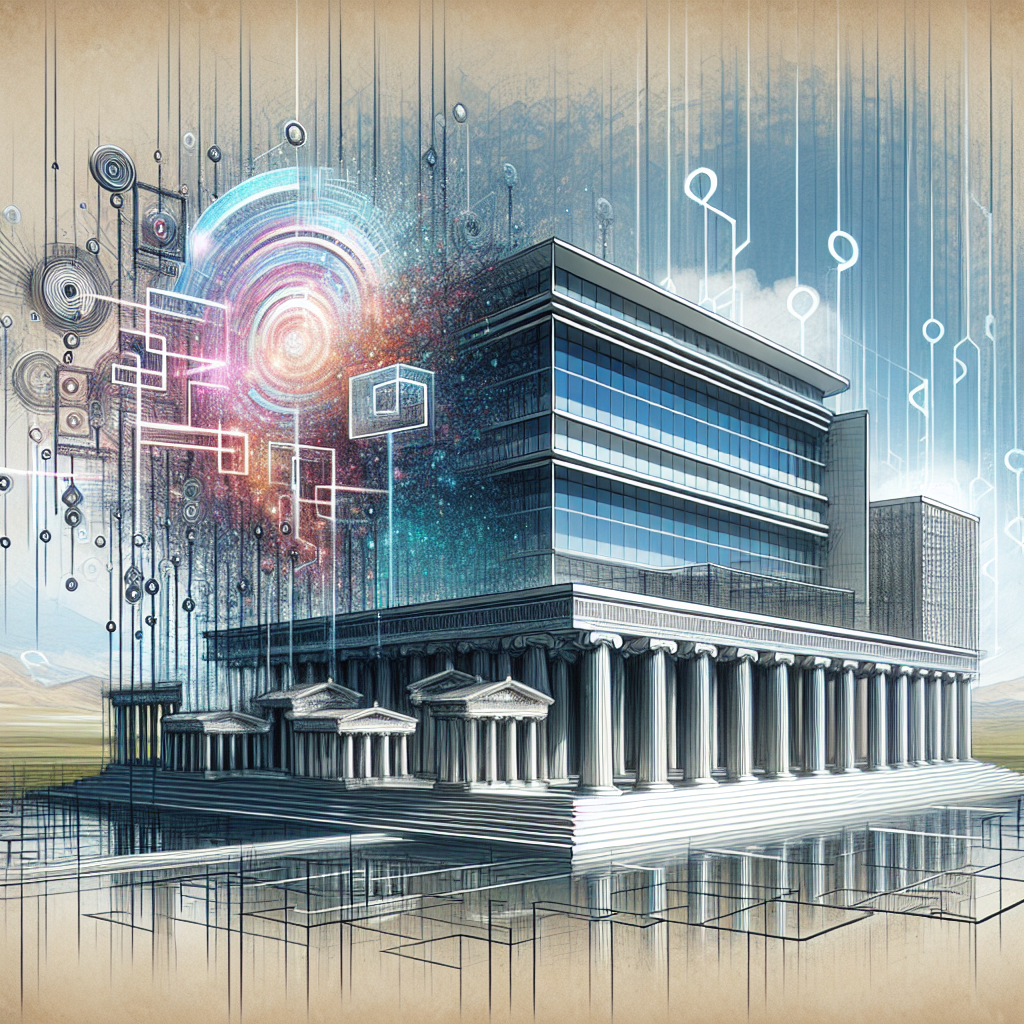Artificial intelligence (AI) is rapidly transforming various industries, including architecture. The impact of AI on architectural history and theory is profound, as it is revolutionizing the way buildings are designed, constructed, and maintained. AI technologies are reshaping the architectural landscape, enabling architects to create innovative and sustainable structures that were previously unimaginable.
Historically, architecture has always been a field that relies heavily on creativity, intuition, and human expertise. However, with the advancement of AI, architects now have access to powerful tools that can aid in the design process, enhance efficiency, and improve the overall quality of their work. AI algorithms can analyze vast amounts of data, generate complex designs, and optimize building performance in ways that were previously impossible.
One of the key ways in which AI is impacting architectural history and theory is through generative design. Generative design is a process in which AI algorithms explore all possible design options based on a set of parameters and constraints, ultimately producing innovative and optimized solutions. This approach allows architects to explore new design possibilities and create structures that are more efficient, sustainable, and aesthetically pleasing.
AI is also enabling architects to analyze and simulate various environmental factors, such as sunlight, wind, and thermal performance, to optimize building design for energy efficiency and sustainability. By incorporating AI technologies into the design process, architects can create buildings that are not only visually stunning but also environmentally friendly and cost-effective.
Furthermore, AI is transforming the construction industry by improving project management, reducing errors, and increasing productivity. AI-powered tools can streamline the construction process, automate repetitive tasks, and enhance communication between stakeholders, leading to faster and more efficient project delivery. This is particularly important in today’s fast-paced construction industry, where time and cost are critical factors.
In addition to design and construction, AI is also impacting architectural theory by challenging traditional notions of space, form, and function. AI-generated designs often push the boundaries of conventional architecture, blurring the lines between art, science, and technology. This has led to a reevaluation of architectural theory and a renewed focus on the intersection of architecture and AI.
Despite the many benefits of AI in architecture, there are also concerns about its potential impact on the profession. Some critics argue that AI technologies could replace human architects, leading to a loss of creativity and craftsmanship in the field. However, most architects view AI as a tool that complements their skills and enhances their capabilities, rather than a replacement for human expertise.
FAQs:
1. How is AI being used in architecture?
AI is being used in architecture in various ways, including generative design, environmental analysis, project management, and construction automation. AI algorithms can generate complex designs, optimize building performance, analyze environmental factors, streamline construction processes, and improve project delivery.
2. What are the benefits of AI in architecture?
The benefits of AI in architecture include enhanced design capabilities, improved efficiency, increased sustainability, and reduced errors. AI technologies enable architects to explore new design possibilities, optimize building performance, analyze environmental factors, streamline construction processes, and enhance project management.
3. What are the concerns about AI in architecture?
Some concerns about AI in architecture include the potential loss of creativity and craftsmanship, the risk of job displacement, and ethical considerations related to AI-generated designs. Critics worry that AI technologies could replace human architects, leading to a loss of human expertise and individual expression in the field.
4. How can architects adapt to the use of AI in their practice?
Architects can adapt to the use of AI in their practice by embracing new technologies, acquiring new skills, and collaborating with AI experts. By integrating AI tools into their design process, architects can enhance their creativity, efficiency, and sustainability, while maintaining their unique design sensibilities and expertise.
In conclusion, the impact of AI on architectural history and theory is profound, as it is reshaping the way buildings are designed, constructed, and maintained. AI technologies are revolutionizing the architectural landscape, enabling architects to create innovative and sustainable structures that were previously unimaginable. By embracing AI tools and technologies, architects can enhance their creativity, efficiency, and sustainability, while maintaining their unique design sensibilities and expertise.

